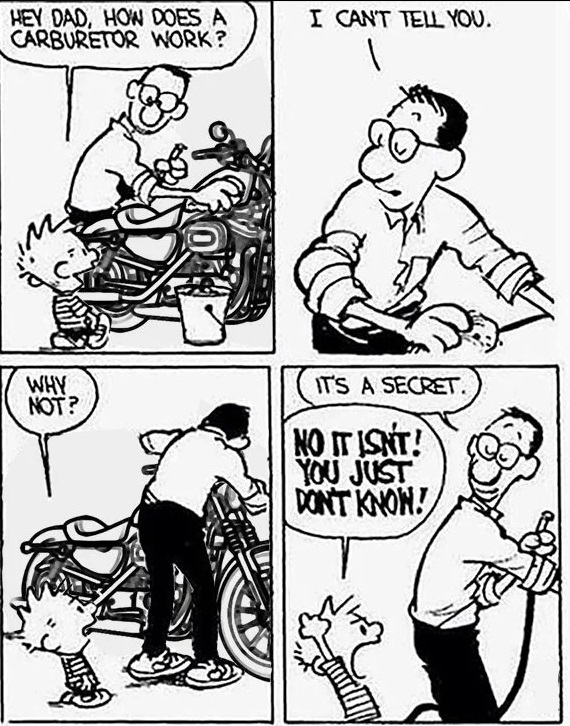❓ Who This Is For:
While my primary focus is on professionals and workshops servicing and maintaining Volvo Trucks, I hope these articles will help anyone in any trade approach problems with a fresh perspective – one that reflects how I tackle challenges.
I do want to make one thing clear though, these articles are not intended to teach the fundamentals of mechanics, auto electronics, or electrical systems. There is a wealth of information out there on those topics. Instead, my goal is to guide you on how to apply your existing knowledge in a more productive, insightful way – showing you how I use my understanding of systems to approach and solve complex problems.
🔎 What You Can Expect:

I’ll be sharing a series of articles that provide insights into my thought process for diagnosing and repairing Volvo Trucks. Now, I don’t consider myself a “Super Technician,” but I do pride myself on my ability to problem-solve. This comes from my deep curiosity about how things work. Before I attempt any repair, I always strive to understand the basic principles behind the system I’m working on. I like to use the “reverse engineering” method. If I know or understand what I’m dealing with or what should be happening, I can then look at problem solving.
As an example, a garden water tap. We expect water to come out when we turn the handle. This is the objective. Now that we know what to expect, we can “reverse engineer”. How does water come out the tap – by turning the handle, right! But what does the handle do? Ahhhh, simple, it allows water to flow! But how? Keep going! Switch off your water supply and remove the handle from the tap, remove the mechanism from the tap, explore it. What does it do? Look inside the tap where the mechanism mounts. What do you see? How does it work? Does it move up and down, left or right, does it seal something? And just keep going. Once you’re confident that you know how it works, you can properly diagnose. Is the handle tight, does it move, is there water supply to the tap and so on.
The same goes for anything, you see a house, but how is it built, brick by brick!
This passion for understanding extends beyond work. For example, when my wife and I visit ancient Roman ruins, while she’s trying to enjoy the history, I’m asking, “How did they build this?” and “What was this structure used for?” That’s just how my brain works – I can’t help but want to understand the mechanics behind everything I encounter.
🧱 The Structure of My Training:
- The Basic Idea: We’ll start with the fundamentals – a look at how mechanical and electrical systems have evolved, and why those systems are designed the way they are. By the time we dive into the more advanced diagnostic techniques, you should already have a really good understanding of how I approach problems.
- The Basics: Here I will be writing a series of the basic fundamentals and explaining how things have evolved. My goal here is to help you see things the way I do and reinforce the importance of a good foundation.
- Advanced: From here, we’ll explore hands-on fault finding, shortcuts, common vehicle specific faults and progressing all the way to advanced diagnostics, repairs, and programming. The final section will focus on ECU repairs and some tips and tricks I’ve learned along the way.
📜 For Everyone:
Some of what I write may be logical and straightforward for those with a technical background, but I also understand that many people, even those who have trained in modern facilities, need clearer guidance and explanation. That’s why I’ll break things down in layman’s terms and take a deep dive into the thought process behind every repair, so you can start thinking like I do when facing challenges.
